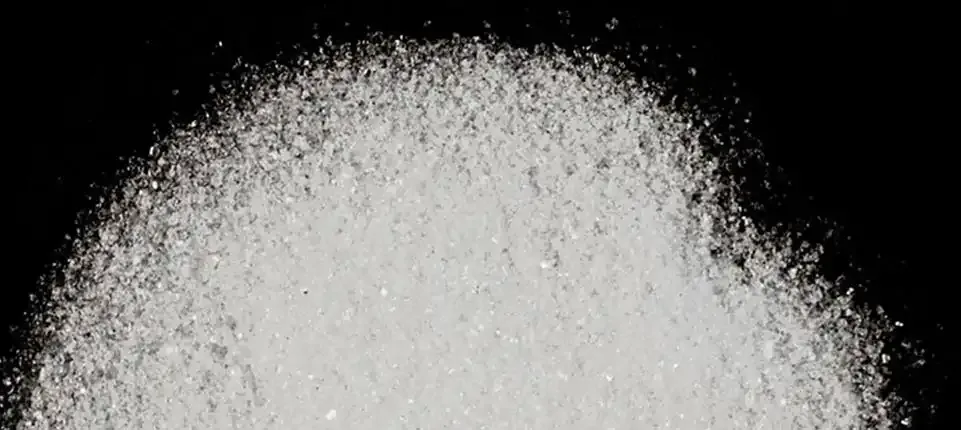Blog
Non Crystal Powdered Ketamine

Non Crystal Powdered Ketamine, Ketamine is a dissociative anesthetic used medically for pain relief and sedation. It is also known for its off-label uses in mental health treatments and, controversially, recreational use. While it typically appears as a crystal or liquid, another common form is non-crystal powdered ketamine. This article explores what non-crystal powdered ketamine is, how it differs from other forms, and the associated uses and risks.
What is Non-Crystal Powdered Ketamine?
Non-crystal powdered ketamine refers to ketamine that has been ground or processed into a fine powder rather than remaining in its original crystalline form. The powder may appear white, off-white, or even slightly gray depending on its purity and the presence of any cutting agents.
This form is often used for non-medical purposes, as it is easier to transport, divide into doses, or consume nasally (snorting). However, it may also be used in compounded medications prepared in pharmacy settings under strict quality control for specific treatment methods such as intranasal sprays or compounded capsules.
Medical Applications of Ketamine Powder
Although ketamine is FDA-approved primarily in its liquid injectable form, some compounding pharmacies prepare ketamine powder for alternative administration methods. These might include:
-
Intranasal applications for depression and PTSD (under medical supervision)
-
Sublingual lozenges used in clinical psychedelic-assisted therapy settings
-
Topical formulations for localized pain relief
In all medical uses, purity, dosing, and sterility are strictly controlled, which is a key difference from illicit powdered ketamine.
Illicit Use and Risks
Non-crystal powdered ketamine is often associated with recreational use due to its accessibility and ease of consumption. However, this form carries multiple risks:
-
Unknown purity: Illicit ketamine may be mixed with harmful adulterants or other drugs.
-
Overdose potential: Without medical-grade dosing, it is easier to misuse and overdose.
-
Physical and mental health effects: Regular use can lead to bladder damage (ketamine-induced cystitis), memory issues, and dependency.
Additionally, the recreational use of powdered ketamine is illegal in most countries and can lead to legal consequences.
Differences Between Crystal and Powder Forms
The distinction between crystal and non-crystal powdered ketamine is largely based on processing and texture:
-
Crystal Ketamine: Appears as large, shiny shards or granules; usually more pure.
-
Non-Crystal Powdered Ketamine: A fine powder, possibly cut with other substances; often less pure and more difficult to verify in quality.
Conclusion
Non-crystal powdered ketamine is one of several forms in which this potent anesthetic can appear. While it may have legitimate uses under strict medical supervision, its association with unregulated use poses serious health and legal risks. Understanding the difference between pharmaceutical-grade and street versions is crucial for both safety and informed decision-making.
If considering ketamine for any therapeutic use, it is essential to consult a licensed medical professional and avoid unverified or illegal sources.
You Might Also Like These:
